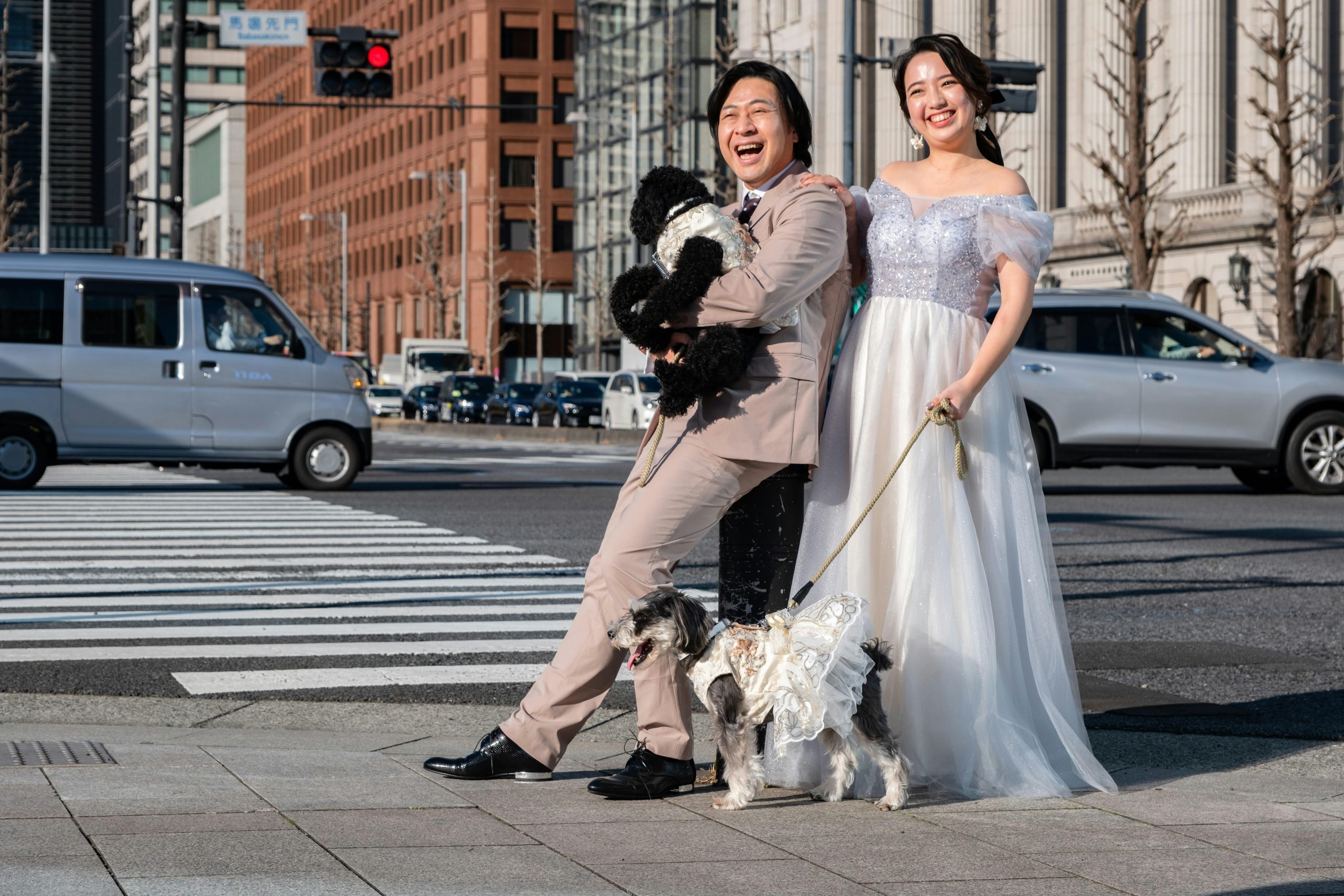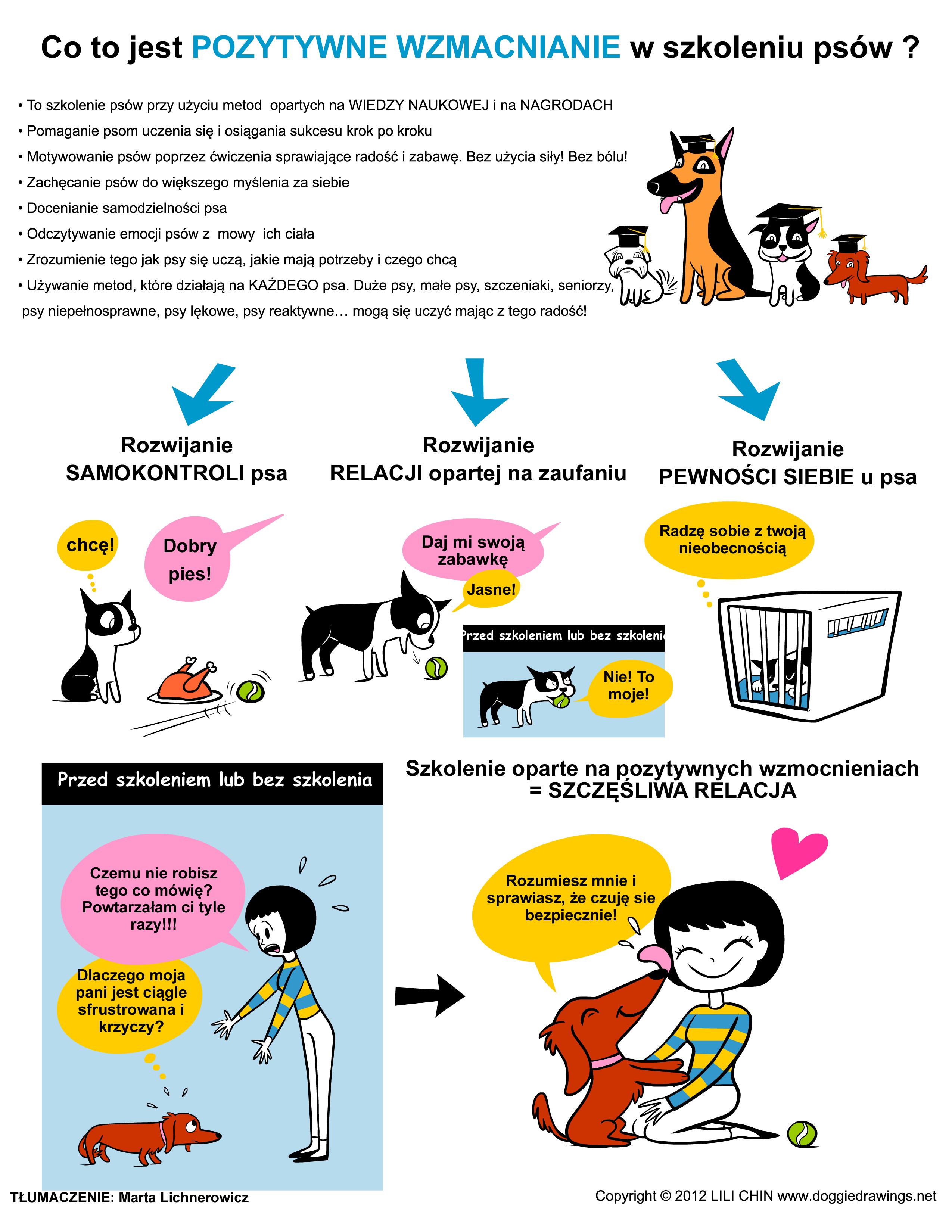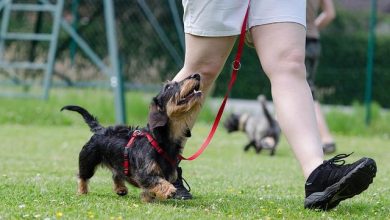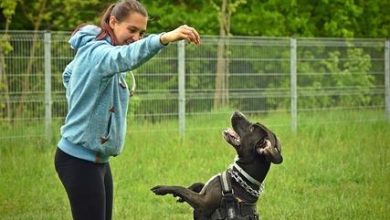Are Dogs Truly Happier With Positive Reinforcement

In the bustling world of dog training, where wagging tails and eager eyes meet the intricacies of human instruction, a question echoes through the minds of pet owners and trainers alike: Are dogs truly happier with positive reinforcement? This age-old debate, nestled at the crossroads of behavior science and heartfelt companionship, invites us to delve into the minds of our four-legged friends. As we embark on this exploration, we seek to unravel the mysteries of canine happiness, examining whether the promise of treats, praise, and affection truly lights up their world. Join us on this journey as we navigate the delicate balance between discipline and delight, and uncover what it means to nurture joy in the lives of our beloved dogs.
Understanding Canine Happiness Through Positive Reinforcement
Positive reinforcement is more than just a training technique; it’s a gateway to understanding and enhancing canine happiness. By rewarding desired behaviors, owners can foster a more profound connection with their furry friends. This method not only encourages good behavior but also creates an environment where dogs feel safe, understood, and valued. Positive reinforcement can take various forms, including treats, praise, or even playtime, and the key is to find what motivates your dog the most.
- Treats: Small, tasty rewards that are used to acknowledge a job well done.
- Praise: Simple verbal affirmations or gentle pats that reinforce positive behavior.
- Play: Engaging in a favorite game as a reward, further strengthening the bond.
Through consistent positive reinforcement, dogs learn to associate good behavior with pleasant outcomes, leading to increased happiness and well-being. The process not only builds trust but also reduces anxiety, making it a holistic approach to canine care. When dogs feel secure in their environment and understand the expectations, their natural exuberance shines, revealing a happier, more balanced companion.

The Science Behind Reward-Based Training for Dogs
Delving into the intricacies of reward-based training unveils a tapestry of neurological and behavioral dynamics. At the heart of this approach lies the concept of positive reinforcement, a principle grounded in behavioral psychology. When a dog performs a desired behavior and is rewarded, the brain releases dopamine, a neurotransmitter associated with pleasure and reward. This biochemical response not only makes the dog feel good but also strengthens the neural pathways associated with the behavior, making it more likely to be repeated.
- Increased Engagement: Dogs tend to show heightened interest and enthusiasm when they anticipate a reward, leading to more focused training sessions.
- Stress Reduction: Unlike aversive training methods, positive reinforcement minimizes stress and anxiety, creating a more relaxed learning environment.
- Stronger Bond: The mutual trust and respect fostered through reward-based training can significantly enhance the relationship between dog and owner.
Furthermore, this method capitalizes on a dog’s natural desire to please, encouraging voluntary participation rather than forced compliance. By aligning training goals with the dog’s intrinsic motivations, owners can cultivate a sense of joy and satisfaction in their canine companions, leading to a happier and more harmonious coexistence.

Comparing Positive Reinforcement to Traditional Training Methods
When evaluating how dogs respond to various training techniques, it becomes evident that the shift towards positive reinforcement has transformed the landscape of dog training. This method, which rewards desired behaviors with treats, praise, or play, contrasts sharply with traditional approaches that often rely on punishment or correction. Proponents of positive reinforcement argue that it fosters a more engaging and enjoyable learning environment for dogs. By focusing on rewarding good behavior rather than punishing bad, it nurtures a bond of trust and cooperation between dog and trainer.
On the other hand, traditional training methods have their own set of advocates who believe in the effectiveness of clear boundaries and discipline. These techniques often include:
- Use of leash corrections
- Verbal reprimands
- Physical prompts or guidance
While these methods can yield quick results, they might inadvertently cause stress or fear, potentially impacting a dog’s overall well-being. In contrast, positive reinforcement emphasizes a mutual understanding and encourages dogs to willingly participate in their training, which can lead to a more fulfilling and stress-free experience for both parties involved.

Expert Tips for Implementing Positive Reinforcement in Dog Training
When it comes to enhancing the training experience for both you and your furry friend, positive reinforcement can be a game-changer. Implementing this method effectively requires a blend of patience, timing, and consistency. Start by identifying rewards that truly motivate your dog—these can range from tasty treats to their favorite toys or even enthusiastic verbal praise. Remember, the reward should be immediate to establish a clear connection between the behavior and the positive outcome.
- Consistency is Key: Make sure every family member is on the same page with commands and rewards.
- Short, Fun Sessions: Keep training sessions brief and enjoyable to maintain your dog’s interest and enthusiasm.
- Gradual Challenges: Increase the difficulty of tasks slowly to avoid overwhelming your pet.
- Observe and Adapt: Pay attention to your dog’s responses and adjust your techniques to better suit their learning pace.
By embracing these strategies, you can foster a nurturing environment where your dog feels encouraged to learn and thrive. Such an approach not only builds trust but also strengthens the bond you share with your four-legged companion.



